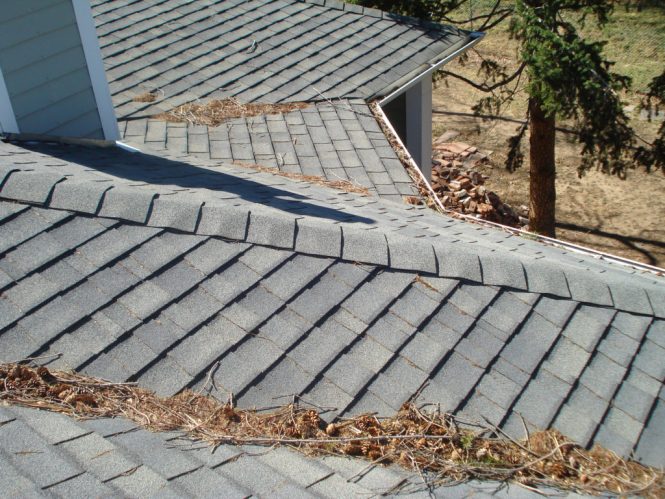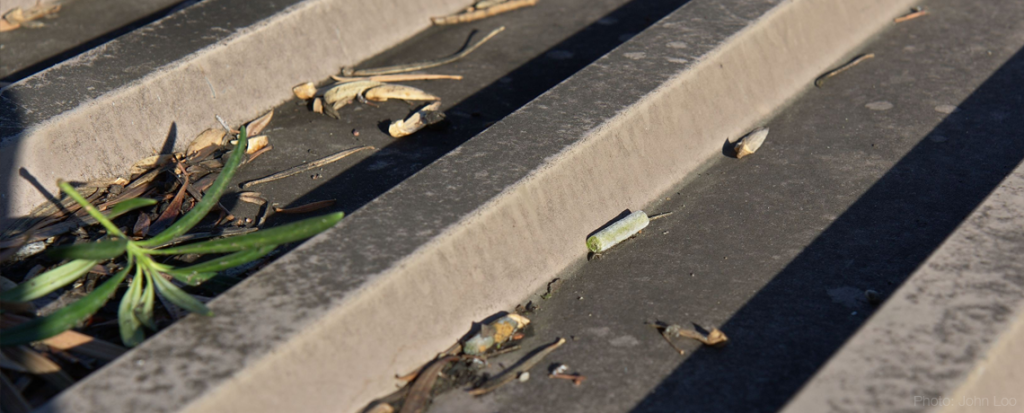

Dealing with roof debris buildup is a crucial aspect of home maintenance, and neglecting it can lead to significant problems down the road. A cluttered roof isn’t just unsightly—it poses safety risks and can compromise the structural integrity of your home. This guide will walk you through the essential steps to effectively handle roof debris buildup, from identifying the causes to implementing the safest solutions. We’ll cover everything, from simple DIY solutions to when it’s best to call in a professional. Let’s dive in and learn how to deal with roof debris buildup.
Understanding the Causes of Roof Debris Buildup
Common Sources of Debris
Roof debris buildup can stem from various sources, including fallen leaves, twigs, branches, and even small animals. Over time, these accumulating materials can cause significant issues on your roof, affecting its structural integrity and leading to further damage if not promptly addressed.
Weather Conditions
Natural disasters such as hurricanes, thunderstorms, and heavy snowfall can contribute to debris accumulation on rooftops, creating potential safety hazards and stressing the structure over time.
Poor Maintenance
Insufficient roof maintenance practices, like neglecting regular cleaning and inspections, allow debris to gather and build up over time, thus increasing the risk of damage. Addressing poor maintenance can greatly lessen the risk of roof issues and extend the lifespan of your roofing material.
Assessing the Extent of the Debris
Visual Inspection
Before tackling roof debris, a thorough visual inspection is vital. Look for significant accumulations, signs of potential structural damage, and any unusual debris, such as shingle fragments or large pieces of broken wood, which may require professional intervention.
Professional Assessment
If you are uncomfortable with assessing the extent of the buildup, it’s recommended to consult a qualified roofing contractor or home inspector. They possess the expertise and equipment to perform a more in-depth inspection, identify underlying problems, and offer tailored solutions for your specific situation.
Identifying Potential Hazards
Take note of any potential hazards, such as loose or damaged shingles, exposed nails, or the presence of potentially harmful materials. This step is vital for prioritizing safety during the debris removal process, minimizing potential injuries.
Implementing DIY Roof Debris Removal
Essential Safety Precautions
Always prioritize safety when performing roof work. Wear appropriate personal protective equipment (PPE), including sturdy work gloves, safety glasses, and a hard hat. Never attempt roof work during inclement weather or strong winds. Plan your roof cleaning ahead of time and prepare your work area, tools, and materials.
Proper Tools and Equipment
Using the appropriate equipment is key to efficient and safe removal. A sturdy ladder, a sturdy broom, or a leaf blower can be used to remove loose debris. For larger pieces, consider specialized roof cleaning tools or rakes to help the process.
Step-by-Step DIY Removal
Following a systematic approach to debris removal is vital. Begin with cleaning the gutters and downspouts to ensure proper drainage. Then, carefully remove loose debris using a soft-bristled broom or a leaf blower. Ensure that the debris is collected and disposed of properly.
Engaging Professional Roofers for Removal
When to Hire a Professional
If the roof debris buildup is substantial or you are uncomfortable working at heights, or if you suspect underlying issues, it’s best to hire a professional roofing contractor. The safety of you and your home should always be a top priority, so don’t hesitate to get professional help when needed.
Choosing Reputable Roofers
Research and select reputable roofing companies with experience in roof debris removal. Check references and get multiple quotes to ensure you are getting a fair price and quality service. It’s wise to look for certified contractors or companies with a strong reputation.
Understanding Professional Services
Professional roofers possess the expertise, tools, and techniques to efficiently and safely remove accumulated debris. They can identify potential issues and provide recommendations for preventive maintenance, which can greatly reduce the risk of future buildup.
Prevention and Maintenance Strategies
Regular Inspections
Scheduling regular roof inspections is vital to identify and address potential issues early on before they escalate into major problems. This proactive approach helps you catch problems before they cause damage or pose safety risks.
Cleaning Gutters and Downspouts
Regularly cleaning gutters and downspouts is essential for proper drainage. Clogged gutters can lead to water damage, which can cause significant issues for your roof and your home.
Addressing Underlying Causes
If you identify recurring issues with debris buildup, consider the underlying causes and potential solutions. This may include addressing landscaping issues that contribute to debris accumulation. A systematic approach to maintaining your home’s roofing system will prevent future issues.
Roof debris buildup is a significant issue that needs prompt attention. Proper roof debris removal can prevent further damage and ensure the safety and longevity of your home. Remember to prioritize safety, use appropriate tools, and follow professional guidelines when handling roof debris. Contact a qualified roofing contractor for professional assessment and removal services if you feel overwhelmed or unsure about the process. By addressing roof debris buildup effectively, you protect your property and maintain a safe environment for yourself and your family. Learn more about this crucial maintenance task by visiting our website.